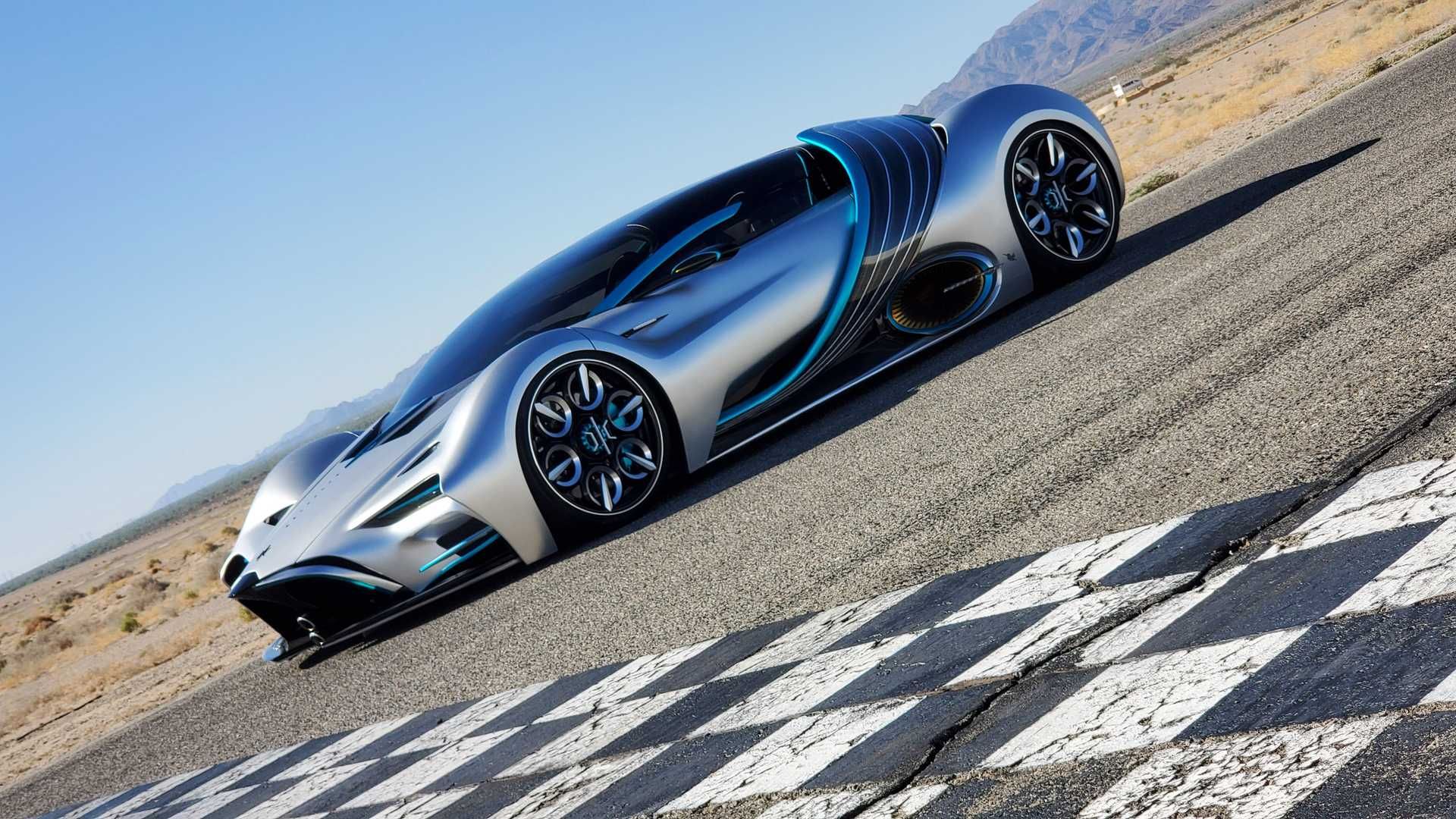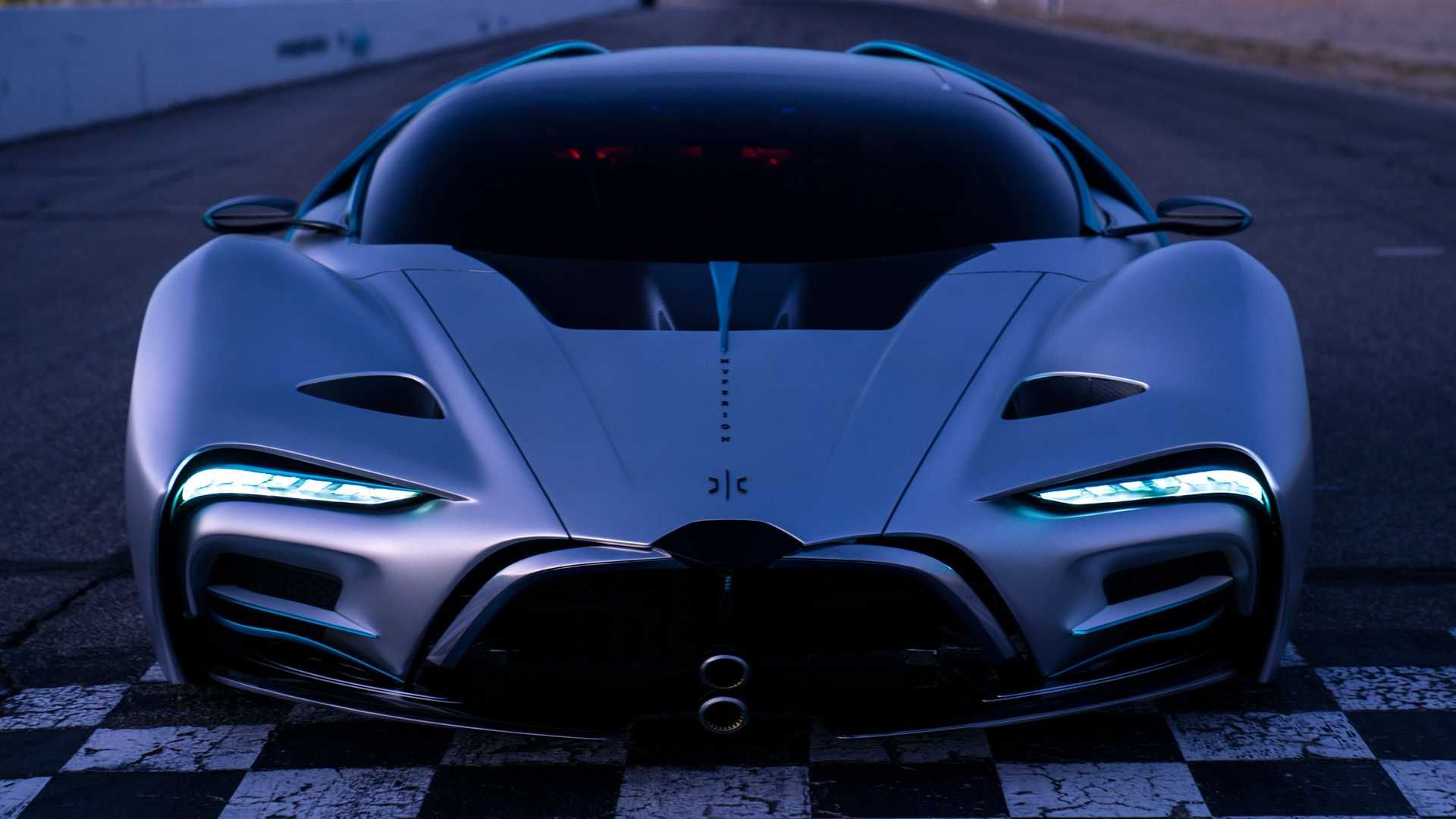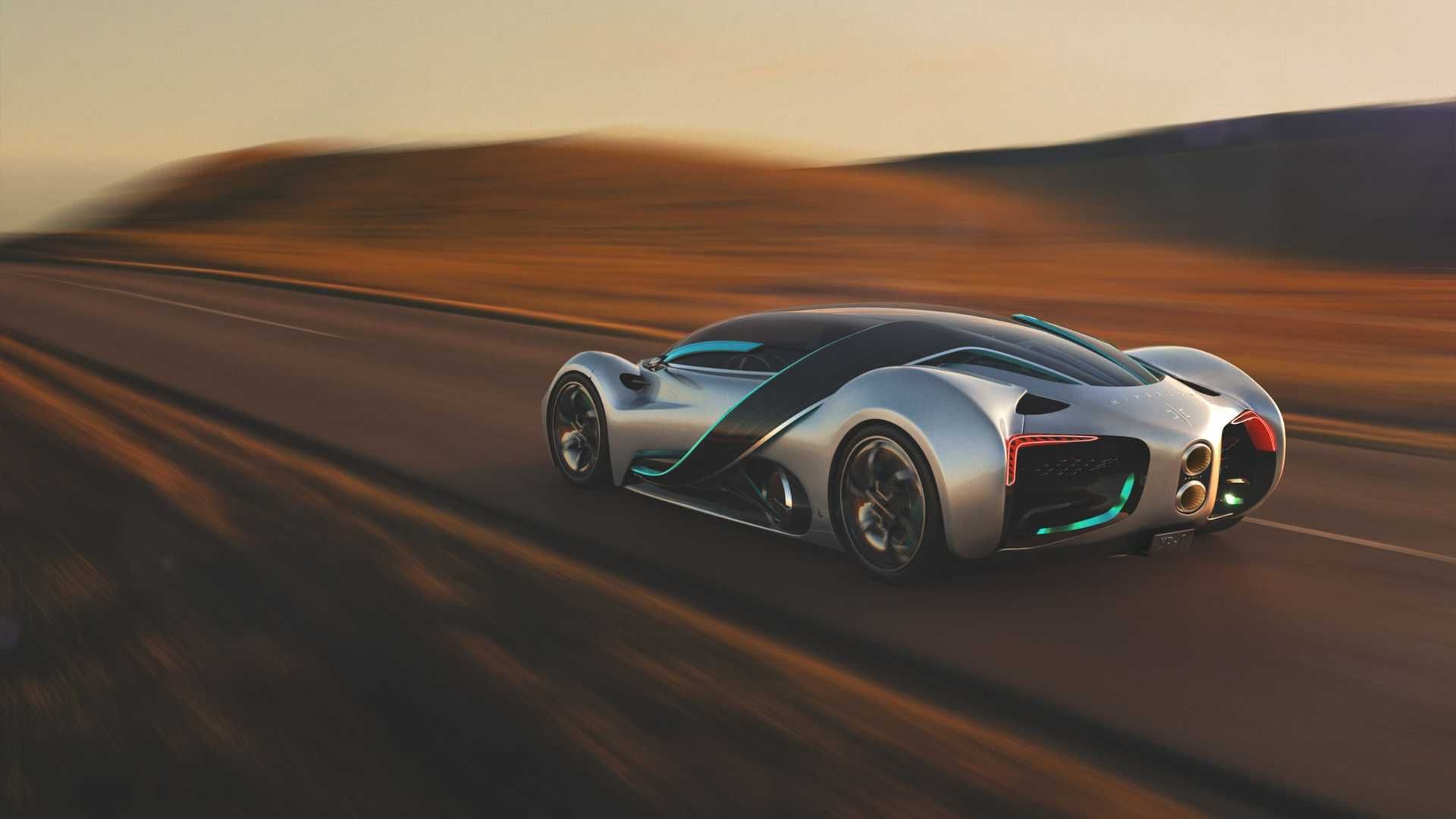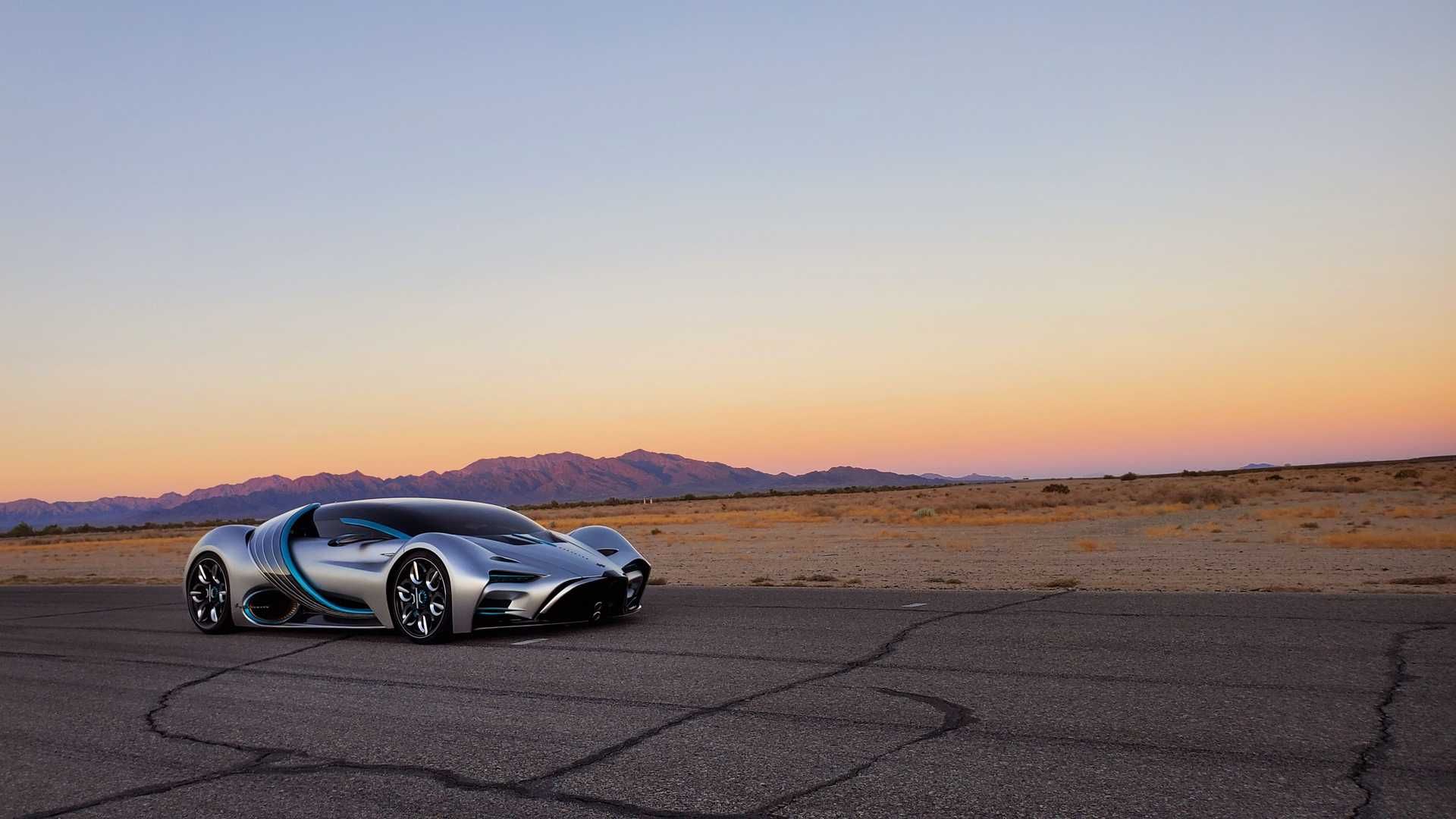Plug-in and full hybrid vehicles are mostly viewed as a transition between internal combustion engines and EVs. In 2019, just two percent of light vehicles, sold in the US, were hybrids and for 2020, things have remained about the same. In the EU only one percent of vehicles are plug-in hybrids. However, with the recent talk about hydrogen, Hyperion Motors takes the opportunity to change the fate of hybrid vehicles. Their XP-1 hypercar took eight years to develop and now, the first prototype has finally taken shape. It certainly promises a lot, but can it deliver?
Hyperion Motors was founded back in 2011, by a team of PHDs specialized in hydrogen-based propulsion systems. Moreover, Hyperion works in conjunction with NASA in order to utilize space technologies for commercial use. In short, the Hyperion XP-1 will be a spaceship for the road. If that sounds exciting, there’s more. The organizers of 24 Hours of LeMans are already planning to add a hydrogen-powered class, so the future of Motorsports might rely heavily on the element.
We mentioned “crazy numbers”, so here are some of them.
How is this possible, you ask? The range is achieved by using space-grade technology for the hydrogen fuel cell. Angelo Kafantaris – Hyperion CEO - says “We can store more energy, for the weight, than a battery-electric vehicle”. Moreover, the whole hydrogen system is very light, which eliminates another drawback of battery electric vehicles. In addition, the car’s hydrogen storage system does not require constant temperature regulation, like the battery packs in EVs. This ensures consistent peak performance, even during longer track sessions, without sacrificing range.
Kafantaris, who also possesses a Transportation Design degree, continues saying that “Hydrogen is the cleanest and most sustainable energy source that’s not been properly utilized.” As for the XP-1, “Our vehicle represents the answer to ‘why hydrogen? It’s a no-compromise car that represents the best that hydrogen fuel-cell technology can be”, he adds.
The high top speed is also possible thanks to the car’s lightweight carbon-fiber monocoque and chassis featuring aluminum and titanium components. The result is a curb weight of just 2,275 pounds (1,032 kg)) and 45 front, 55 rear weight distribution. Kafantaris says that the XP-1’s lightness improves acceleration, braking, handling, and efficiency. It seems you really can have it all.
The car is designed by aerospace engineers and features many distinctive elements, all of which are functional. The “V-Wing” doors will make any Lamborghini blush and are inspired by the "Winged Victory of Samothrace", also known as “Nike of Samothrace”. There’s also a glass canopy with an adjustable window tint, allowing you to change the amount of light getting into the cabin.
Angelo Kafantaris stresses the importance of hydrogen but also recognizes the need for many changes in infrastructure. In addition, there is currently a severe lack of low-cost hydrogen fuel stations. Kafantaris also talks about his experience with hydrogen-powered vehicles. “I’ve been driving hydrogen for five years and it’s identical to gas, with refueling. Very quick”.
By all accounts, it seems the XP-1 showcases a viable alternative and, in time, maybe the next mainstream propulsion system. It certainly ticks all the supercar boxes, although the full specifications and pricing still remain a mystery. Only 300 XP-1 will be made. “With the XP-1, we’ll be inspiring first and then explaining how we’ll bring hydrogen mainstream”, Kafantis explains. The Hyperion XP-1 aims to be the first of many hydrogen cars from the company. If all goes to plan, there will be a whole lineup of Hyperion cars, with different body styles.





